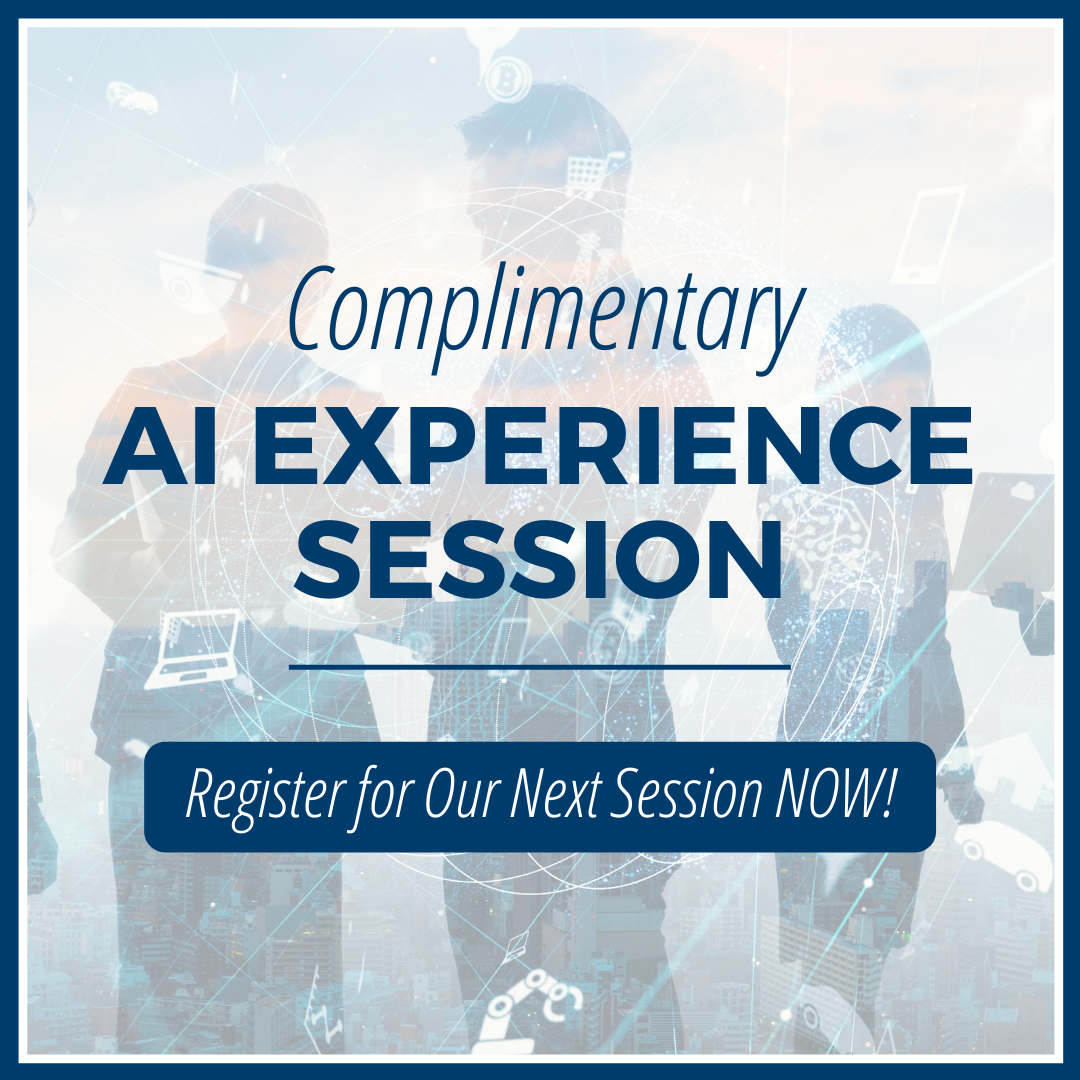Artificial Intelligence is a New Technology that Needs Training

Venturebeat.com came out with two approaches to AI that give insight into the magic of this latest technology. AI is not just a new gadget; it is demanding and needs patient long-term training rather than the hype that makes it appear so exciting. Arthur Cole,[1] in his VB article Ignore the AI hype; focus on the value, writes that hype overpromises and underdelivers:
You can’t just throw AI into the enterprise and hope for the best. It must be carefully and strategically implemented, and then just as carefully and strategically monitored to ensure it is delivering on its promises. … The goal for enterprise executives at this point should be to shift the focus away from the hype and more toward the value AI can bring to the business model.
Having said that, Arthur Cole[2], in a second VB article Eager for AI? First You Have to Train it, insists that, to get it to work properly, you must train it, and it seems that few organizations fully comprehend what a lengthy and complex job that is. He cites the example of the PC back in the 1980s when it hit the market and promised wonders for consumers who soon learned that they had to use data entries before the PC did its magic, resulting in many computers sitting idle on a shelf.
Cole outlines that training takes in four key factors: hardware that is more than just a simple computer, which calls for optimization with large memory, fast discs and ethernet, agile CPUs, multiple layers of neural network for machine learning, and a sizable dataset. Cole advises that it needs a team of dedicated professionals to make it work; the training process will take some time and it may be a while to produce marginal results.
It must be backed up by validation and testing. Each step requires multiple cycles with constant adjustment of parameters to ensure that the AI is making accurate predictions with each new cycle.
Cole reminds us what Melanie Mitchell[3] says about AI needing to learn how to think in analogues –
We use analogues from past experiences to understand new situations in the present moment. By building AI training on logic and programming, we can teach a neural network to recognize a picture of a bridge but not to comprehend the abstract nature of other forms of the word “bridge,” as in “to bridge the gender gap.” Without that ability, she says, AI cannot provide the predictive, common sense outputs that we’ve come to expect.
AI is not a standalone, plug-and-play technology. In fact, it requires the enterprise to transform to a certain extent before it can have an appreciable effect on digital processes, says Arthur Cole in the closing remarks of his VB article, Ignore Hype – Focus on Value.
One final bit of advice Cole leaves us with is that AI training must be connected to real-life situations.
He borrows from Alex D’Amour, cited in MIT Technology Review by Will Douglas Heaven who wrote the MIT article The way we train AI is fundamentally flawed[4].
The fundamental problem is that the data used in training is rarely, if ever, adequate to guide AI through a real-life situation. … This could have devastating consequences for applications ranging from transportation to medical imaging.
Take-away: For all the training AI needs, remember that it is just an algorithm; do it well.
Sources:
[1] Cole, Arthur, (2021), columnist: VentureBeat.com – https://venturebeat.com/2021/08/30/ignore-the-ai-hype-focus-on-the-value/
[2] Cole, Arthur (2021), columnist: VentureBeat.com – https://venturebeat.com/2021/09/06/eager-for-ai-first-you-have-to-train-it/
[3] Mitchell, Melanie (2021); https://www.quantamagazine.org/melanie-mitchell-trains-ai-to-think-with-analogies-20210714/
[4] Heaven, Will Douglas, (2020); https://ww,w.technologyreview.com/2020/11/18/1012234/training-machine-learning-broken-real-world-heath-nlp-computer-vision/



